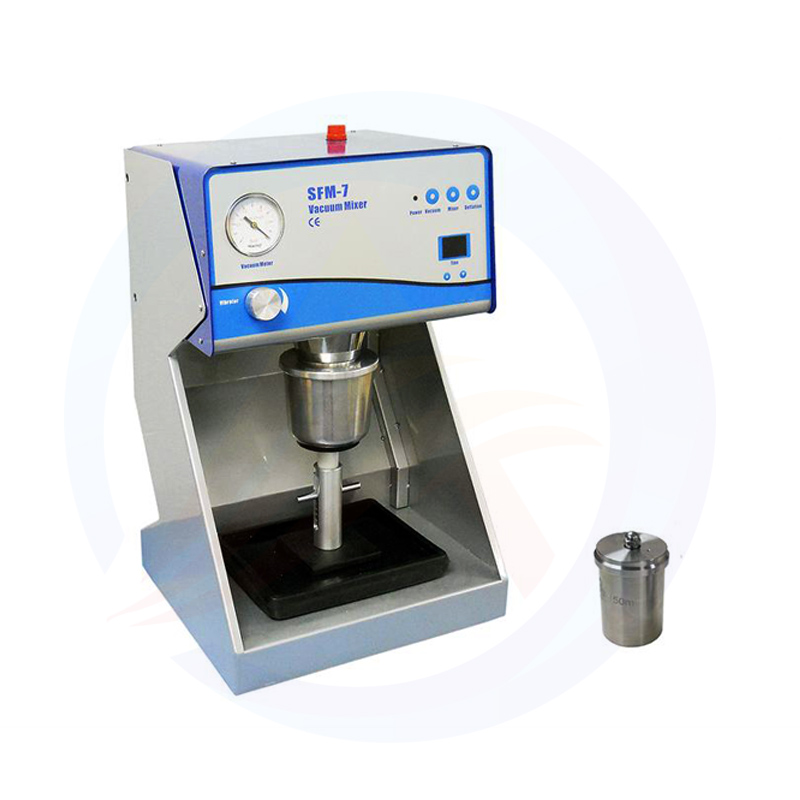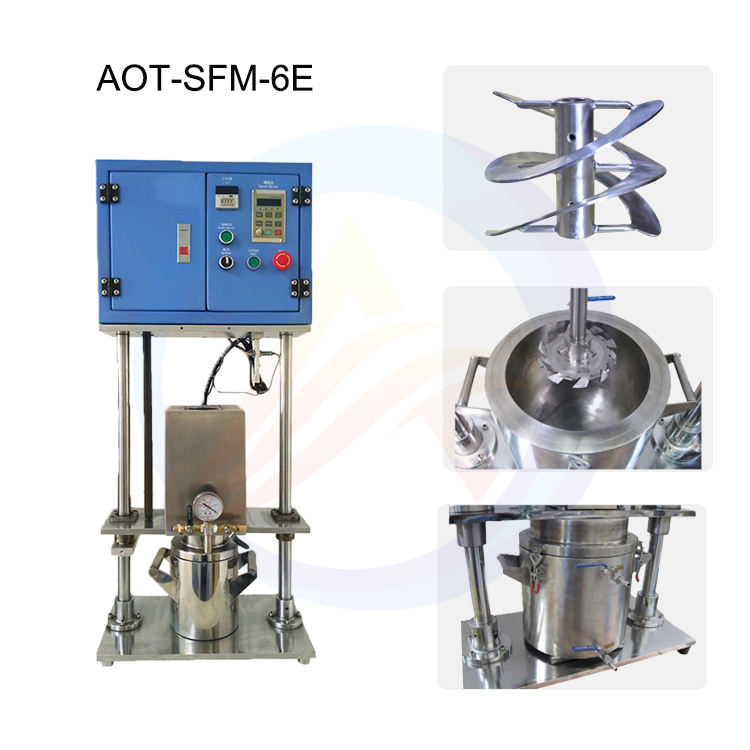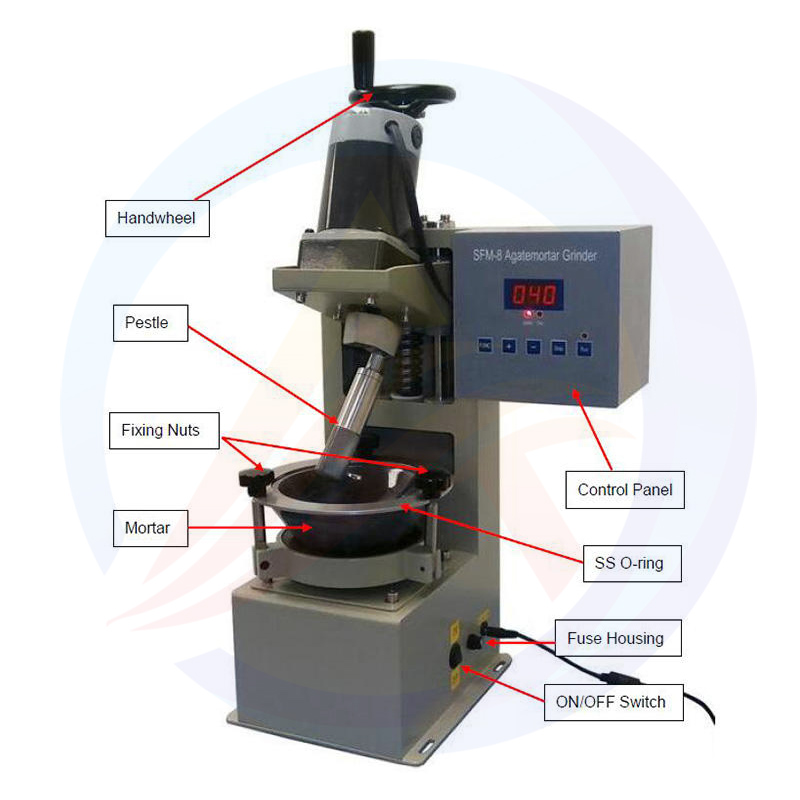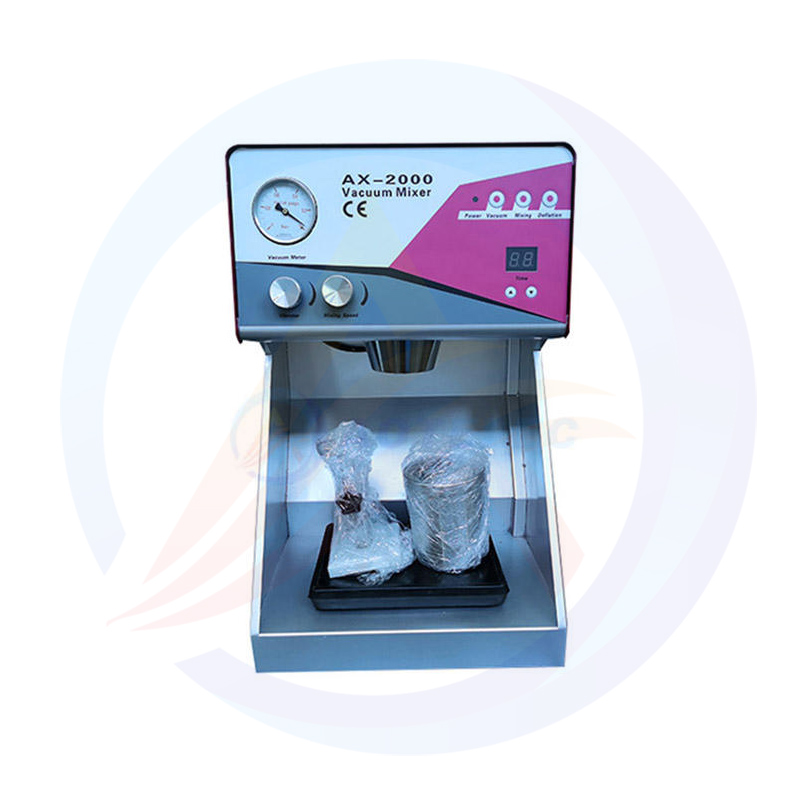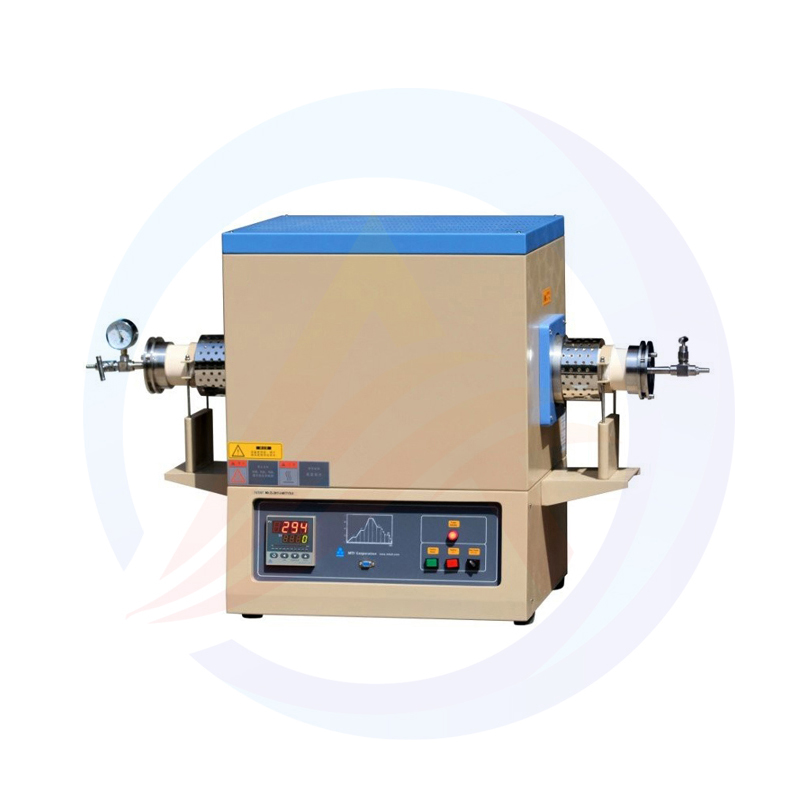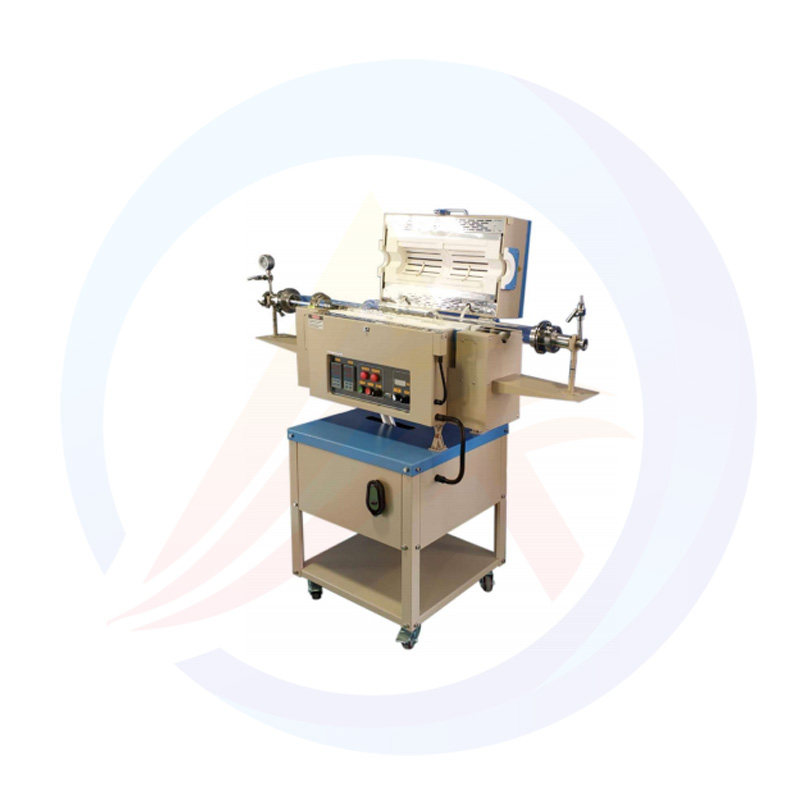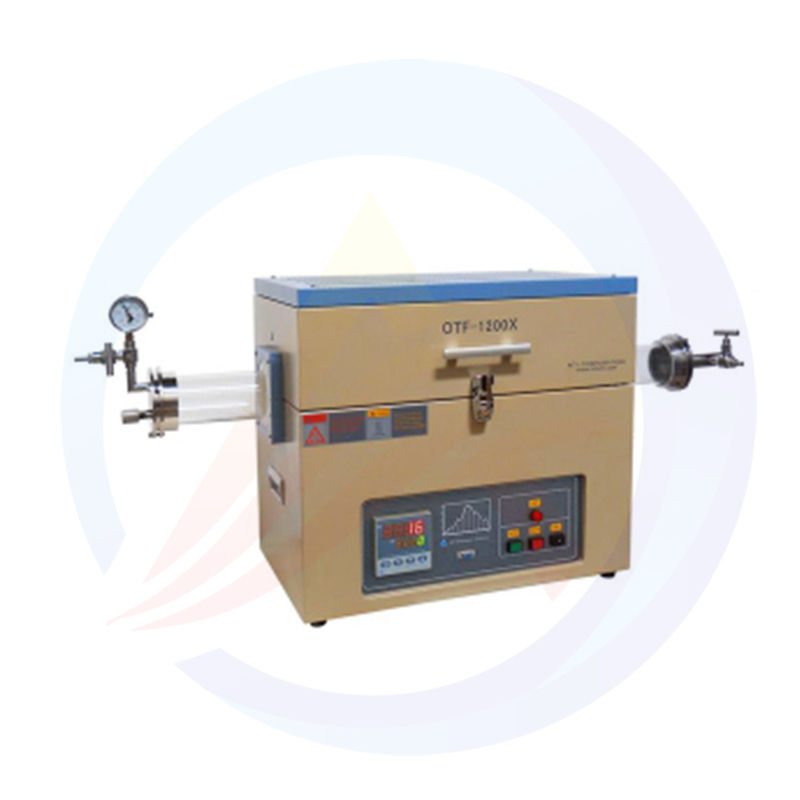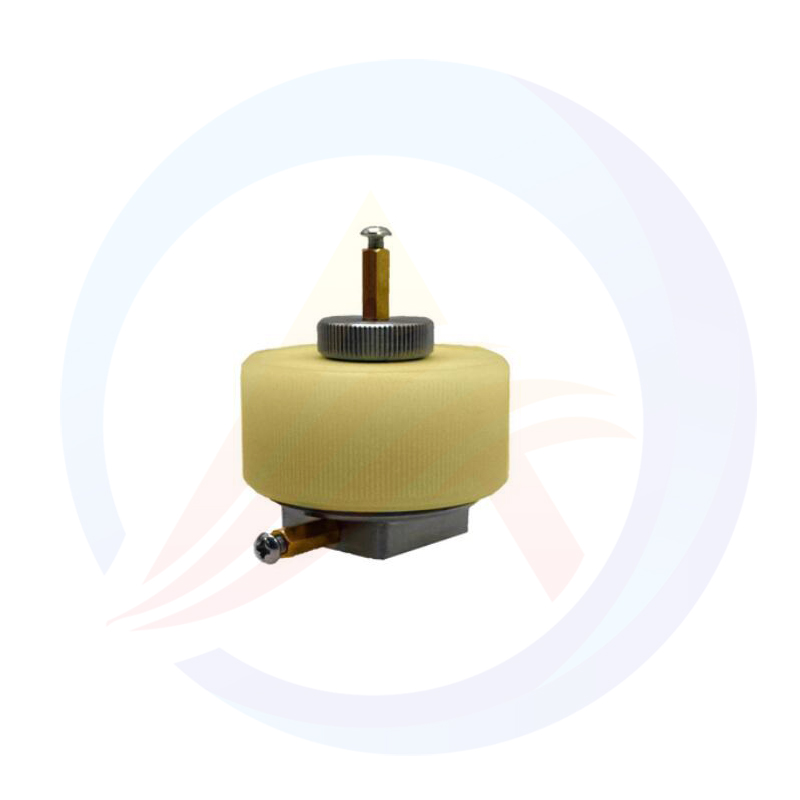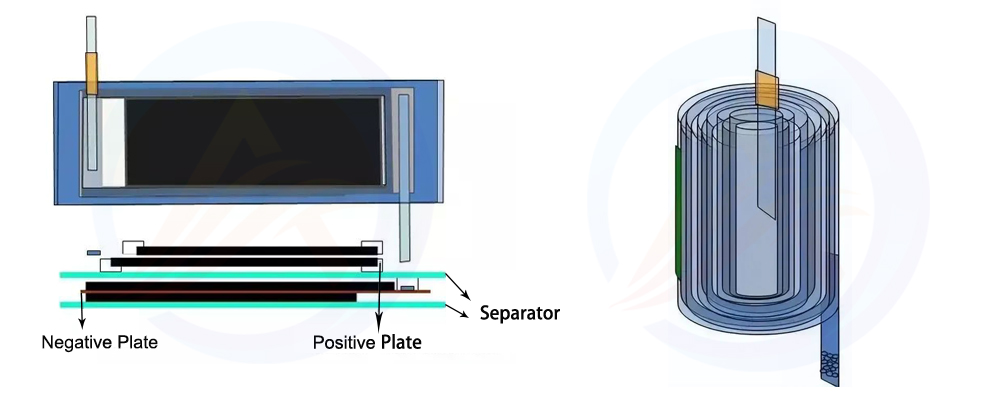Lithium Battery Manufacturing - Middle Stage Process
Lithium-ion battery is a complex system, including positive electrode, negative electrode, diaphragm, electrolyte, fluid collector and binder, conductive agent, etc., involving reactions including positive and negative electrode electrochemical reaction, lithium ion conduction and electronic conduction, as well as heat diffusion. The production process of lithium batteries is relatively long, and more than 50 processes are involved in the production process.
Lithium battery according to the shape can be divided into cylindrical battery, square battery and soft pack battery, etc., its production process has some differences, but on the whole can be divided into the lithium battery manufacturing process (pole sheet manufacturing), middle process (cell synthesis), after the process (formation and packaging). Due to the high safety performance requirements of lithium-ion batteries, there are extremely high requirements for the accuracy, stability and automation level of lithium-ion equipment in the battery manufacturing process.
Middle Stage Process
The production goal of the middle process is to complete the manufacturing of the battery cell, and the technical route and production line equipment of the middle process of different types of lithium batteries are different. The essence of the middle process is the assembly process, specifically, the (positive and negative) pole sheet made by the previous process is assembled in an orderly manner with the diaphragm and electrolyte.
Due to the different energy storage structures of square (roll), cylindrical (roll) and soft pack (layer) batteries, there are obvious differences in the technical routes and production line equipment of different types of lithium batteries in the middle process.
Specifically, the main processes of the middle process of the square and cylindrical battery are: winding, liquid injection, packaging, the equipment involved mainly includes: winding machine,electrolyte injection machine, packaging equipment (shell machine, rolling slot machine, sealing machine, welding machine);
The main processes of the middle process of the soft pack battery are: lamination, liquid injection, packaging, the equipment involved mainly includes: lamination machine, electrolyte injection machine, packaging equipment, etc.
1. Positive plate preparation
After the slabbing is completed, it is necessary to dry the positive electrode sheet (120 ° C), and then weld the aluminum pole ear and the pole ear coating process. At this point, you need to consider the length of the pole ear and the shaping width.
Taking the 18650 design as an example, the design of the pole lug exposure mainly takes into account the reasonable fit of the positive lug when welding the cap and rolling groove. The pole ear is exposed too long, which is easy to short-circuit the pole ear and the steel shell when rolling the groove. Too short pole lugs to weld caps.
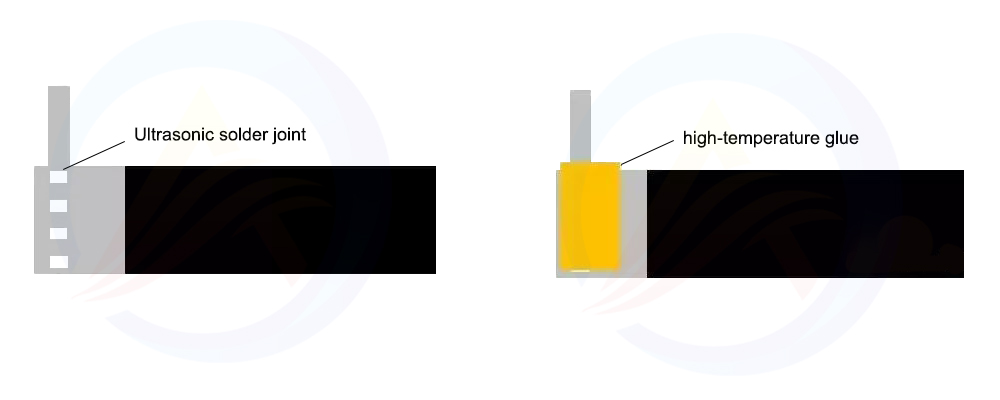
2. Negative plate preparation
It is necessary to dry the negative sheet (105-110 ° C), and then weld the nickel lug and the lug wrapping process. The pole length and shaping width also need to be considered.
3. Winding
Winding (equipment used: winding machine) is the production process or winding die-cutting mechanism to wind the pole sheet into a lithium-ion battery cell, mainly used for square, round lithium battery production. The winding machine can be subdivided into square winding machine and cylindrical winding machine, which are respectively used for the production of square and cylindrical lithium batteries. Compared with cylindrical winding, the square winding process has higher requirements for tension control, so the technical difficulty of the square winding machine is greater.
4. Cell package
(Equipment used: shell machine, rolling slot machine, sealing machine, welding machine) is to put the core into the battery shell
Cell feeding → Insulation sheet feeding → Shell feeding → Assembly → Completion
4.1 Invagination
Before the core is put into the shell, Hi-Pot test voltage 200 ~ 500V (to test whether there is high voltage short circuit) and dust suction treatment (to further control dust before entering the shell) are required. Here it is necessary to emphasize the three control points of lithium electricity water, burr, dust. After the previous process is completed, put the lower pad into the bottom of the coil core and bend the negative ear so that the pole ear face is facing the coil pin hole, and finally insert the steel shell or aluminum shell vertically
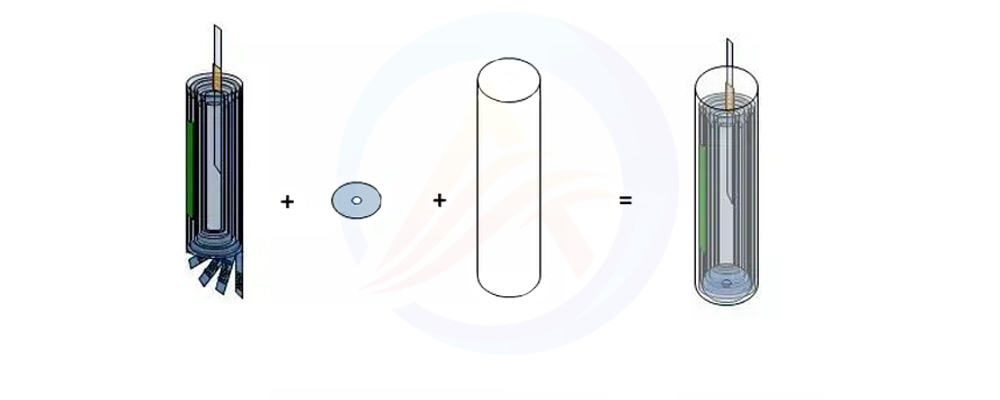
4.2 slot rolling
Insert the welding needle (generally made of copper or alloy) into the middle hole of the core. The common welding needle specification is Φ2.5*1.6mm, and the welding strength of the negative ear is ≥12N, which is too low and easy to weld and the internal resistance is large. Too high is easy to weld the nickel layer on the surface of the steel shell, resulting in rust and dew at the solder joint and other hidden dangers.
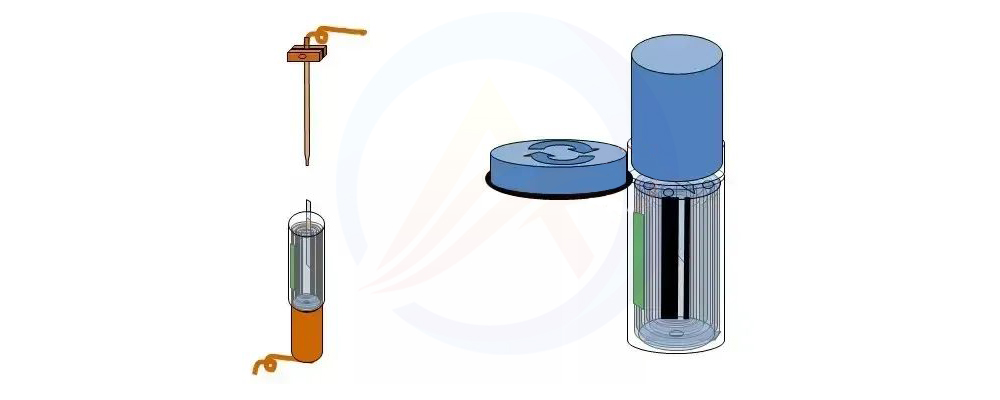
5. Cell baking
After the cylindrical cell passes through the rolling groove, the next step is very important: baking. In the production process of the battery cell, it will bring a certain amount of water, if it is not timely to control the water within the standard, it will seriously affect the battery performance and safety performance. Generally, automatic vacuum oven is used to bake, neatly put the battery to be baked, place the desiccant in the oven, set parameters, and heat up to 85 ° C (lithium iron phosphate battery for example), which needs to go through several vacuum drying cycles to reach the standard.
6. Electrolyte Injection
Electrolyte Injection machine (equipment used: electrolyte injection machine) is to inject the electrolyte of the battery into the battery cell.
7. Super welded cap
Put the cap in the glove box in advance, fasten the cap on the bottom mold of the superwelder with one hand, and hold the battery with one hand. Align the positive ear of the battery with the cap pole. After confirming that the alignment between the positive ear and the cap pole is OK, press the pedal switch of the superwelder foot.
After that, it is necessary to fully check the cell: self-check the welding effect of the pole ear
(1) Observe whether the pole ear is aligned
(2) gently pull the pole ear to see whether the pole ear is loosened.
The battery cell with superwelded cap needs to be superwelded again

